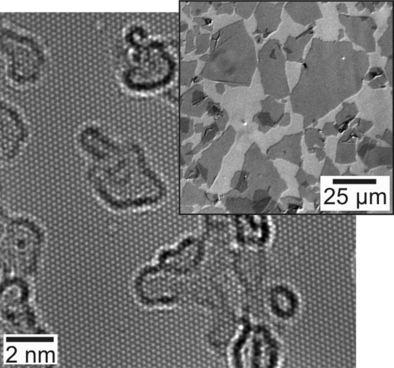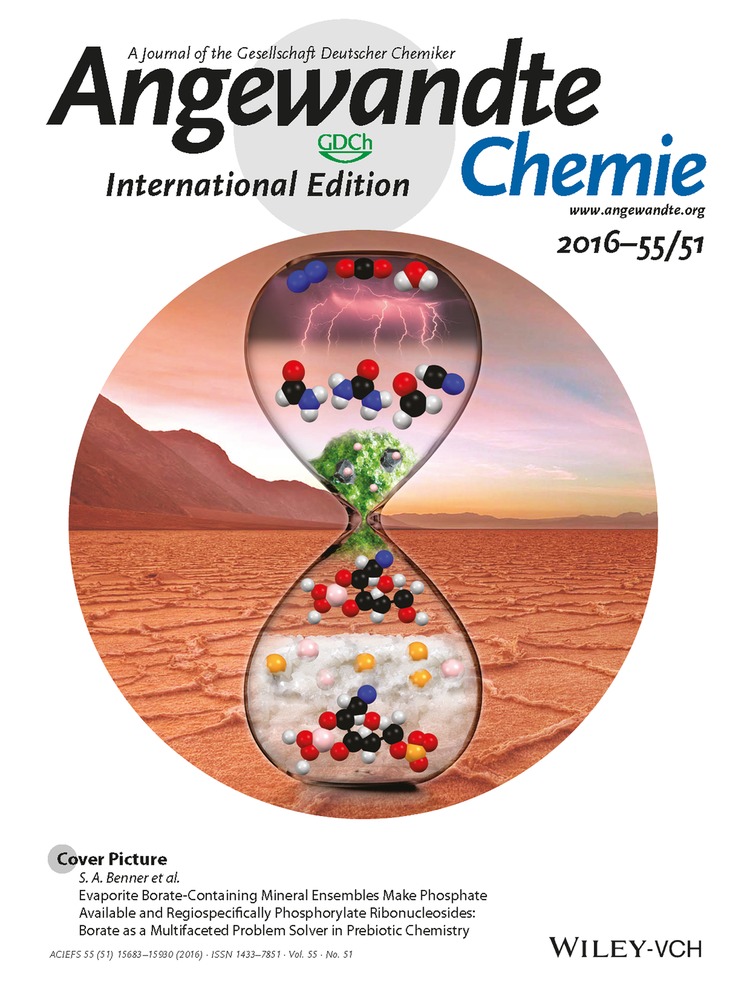Highly Intact and Pure Oxo-Functionalized Graphene: Synthesis and Electron-Beam-Induced Reduction
Graphical Abstract
Pure and simple: Highly pure oxo-functionalized graphene is efficiently synthesized by the use of PTFE equipment. The structural integrity of the underlying carbon framework is confirmed by atomic-resolution transmission electron microscopy and the gently electron-beam induced release of surface functional groups is systematically studied as an alternative approach to chemical reduction.
Abstract
Controlling the chemistry of graphene is necessary to enable applications in materials and life sciences. Research beyond graphene oxide is targeted to avoid the highly defective character of the carbon framework. Herein, we show how to optimize the synthesis of oxo-functionalized graphene (oxo-G) to prepare high-quality monolayer flakes that even allow for direct transmission electron microscopy investigation at atomic resolution (HRTEM). The role of undesired residuals is addressed and sources are eliminated. HRTEM provides clear evidence for the exceptional integrity of the carbon framework of such oxo-G sheets. The patchy distribution of oxo-functionality on the nm-scale, observed on our highly clean oxo-G sheets, corroborates theoretical predictions. Moreover, defined electron-beam irradiation facilitates gentle de-functionalization of oxo-G sheets, a new route towards clean graphene, which is a breakthrough for localized graphene chemistry.





